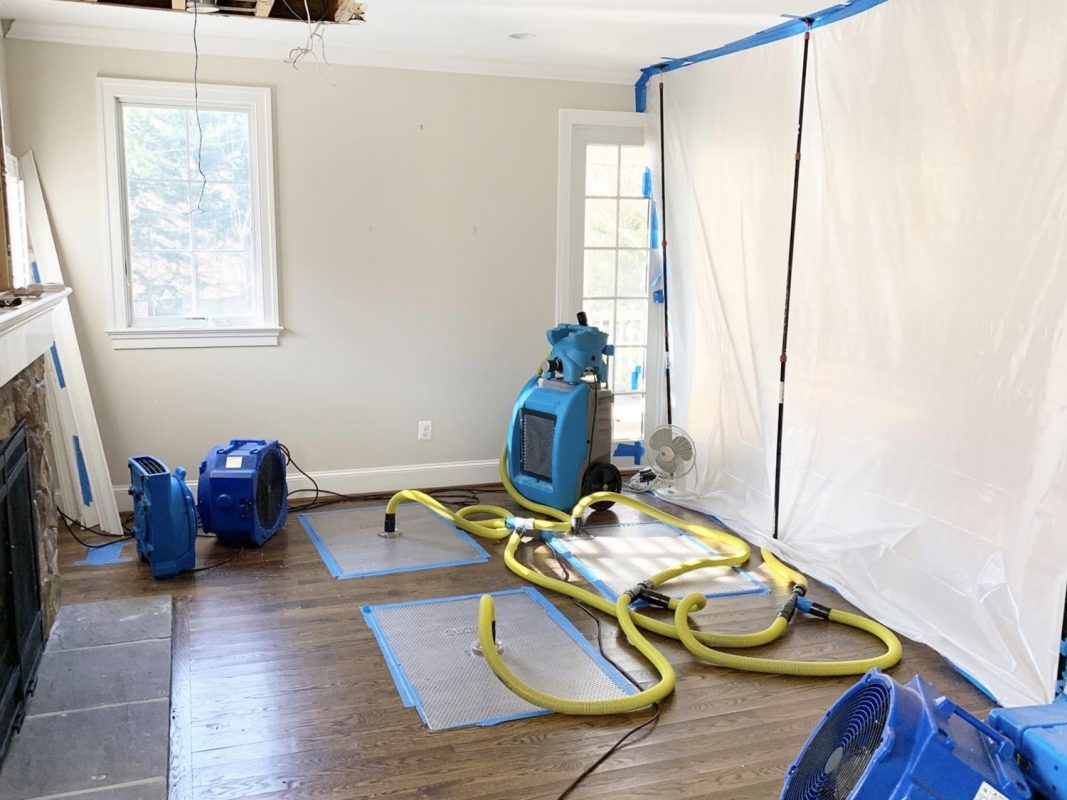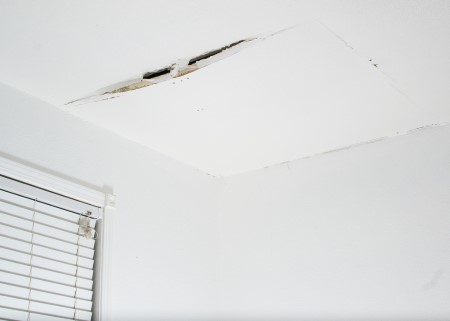Do's & Don'ts of Water Damages.
Do's & Don'ts of Water Damages.
Blog Article
We've stumbled on this article pertaining to Ways to Reduce The Risk Of Fire And Water Damage directly below on the web and concluded it made sense to share it with you here.

Water offers life, water invasion on components where it's not meant to be can result in damage. Residences with water damage scent mildewy and also old.
Water can come from lots of sources such as tropical storms, floodings, burst pipes, leakages, and sewage system problems. In case you experience water damages, it would be great to know some security preventative measures. Below are a couple of guidelines on just how to deal with water damages.
Do Prioritize Home Insurance Coverage Protection
Water damage from flooding because of hefty winds is seasonal. Nonetheless, you can also experience an unexpected flood when a faulty pipe suddenly breaks right into your house. It would certainly be best to have house insurance coverage that covers both acts of God such as natural tragedies, as well as emergencies like busted plumbing.
Don't Neglect to Shut Off Utilities
In case of a calamity, specifically if you stay in a flood-prone location, it would be advisable to shut off the major electrical circuit. This cuts off power to your entire residence, stopping electric shocks when water is available in as it is a conductor. Don't neglect to turn off the major water line valve. When floodwaters are high, furniture will walk around as well as cause damages. Having the major valve shut off stops more damages.
Do Remain Proactive as well as Heed Weather Condition Signals
Tornado floodings can be very uncertain. Remain ready and also aggressive if there is a background of flooding in your neighborhood. Listen to evacuation warnings if you live near a river, creek, or lake . Secure belongings from the ground floor as well as cellar, then placed them on the highest possible level. Doing so decreases prospective home damage.
Don't Ignore the Roofing System
You can prevent rainfall damage if there are no holes as well as leaks in your roofing system. This will stop water from streaming down your walls and soaking your ceiling.
Do Focus On Small Leaks
A ruptured pipe does not happen over night. You might notice bubbling paint, peeling wallpaper, water touches, water spots, or leaking audios behind the wall surfaces. Have your plumbing repaired before it results in massive damage.
Do Not Panic in Case of a Ruptured Pipeline
Maintaining your clearheadedness is essential in a time of situation. Since it will suppress you from acting quick, panicking will just intensify the problem. When it comes to water damages, timing is essential. The longer you wait, the more damage you can expect. Therefore, if a pipe bursts in your residence, promptly shut off your primary water shutoff to cut off the resource. Unplug all electric outlets in the area or turn off the circuit breaker for that part of the home. Finally, call a respectable water damage restoration expert for help.
Water provides life, water intrusion on parts where it's not supposed to be can result in damage. Residences with water damages odor old as well as moldy.
Water damages from flooding dues to hefty winds is seasonal. You might discover bubbling paint, peeling off wallpaper, water streaks, water discolorations, or leaking sounds behind the wall surfaces. When it comes to water damages, timing is vital.
Some Do's & Don't When Dealing with a Water Damage
DO:
Make sure the water source has been eliminated. Contact a plumber if needed. Turn off circuit breakers supplying electricity to wet areas and unplug any electronics that are on wet carpet or surfaces Remove small furniture items Remove as much excess water as possible by mopping or blotting; Use WHITE towels to blot wet carpeting Wipe water from wooden furniture after removing anything on it Remove and prop up wet upholstery cushions for even drying (check for any bleeding) Pin up curtains or furniture skirts if needed Place aluminum foil, saucers or wood blocks between furniture legs and wet carpet Turn on air conditioning for maximum drying in winter and open windows in the summer Open any drawers and cabinets affected for complete drying but do not force them open Remove any valuable art objects or paintings to a safe, dry place Open any suitcases or luggage that may have been affected to dry, preferably in sunlight Hang any fur or leather goods to dry at room temperature Punch small holes in sagging ceilings to relieve trapped water (don't forget to place pans beneath!); however, if the ceiling is sagging extremely low, stay out of the room and we'll take care of it DO NOT:
Leave wet fabrics in place; dry them as soon as possible Leave books, magazines or any other colored items on wet carpets or floor Use your household vacuum to remove water Use TV's or other electronics/appliances while standing on wet carpets or floors; especially not on wet concrete floors Turn on ceiling fixtures if the ceiling is wet Turn your heat up, unless instructed otherwise

I am very inquisitive about 5 Home Safety Tips To Reduce The Risk Of Fire And Water Damage and I'm hoping you enjoyed the entire page. Sharing is nice. Helping people is fun. Thank-you for going through it.
Report this page